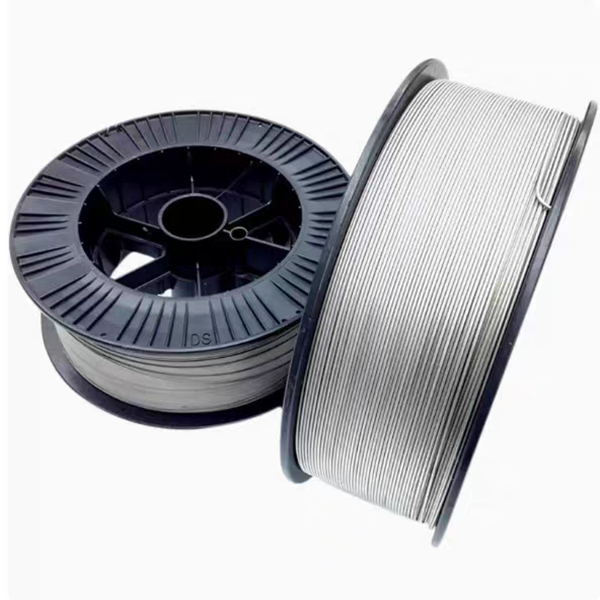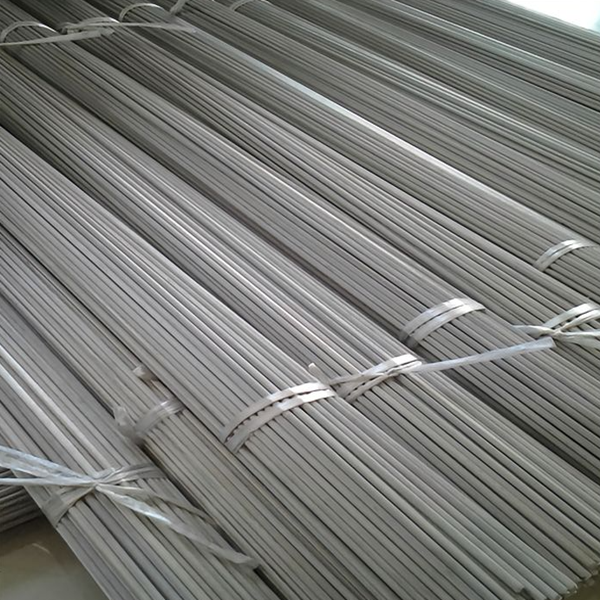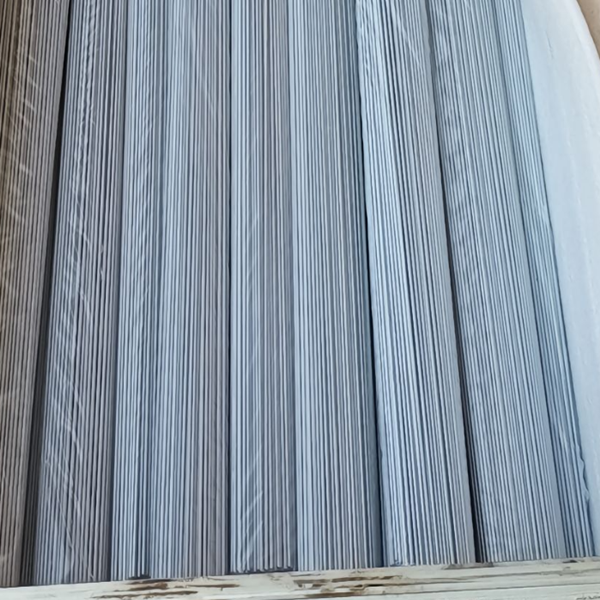Application of Titanium Welding Wire ERTi-1, ERTi-2, ERTi-3, ERTi-4, and ERTi-5
What is titanium welding wire
Titanium welding wire, due to the addition of titanium, offers exceptional mechanical properties, corrosion resistance, and high-temperature stability. These qualities make it highly suitable for a range of industries, including aerospace, chemical processing, and medical applications. Not only is titanium welding wire ideal for general welding tasks, but it also excels in highly demanding environments.
Types and Specifications of Titanium Welding Wire
Titanium welding wire is available in various grades, commonly referred to as ERTi-1, ERTi-2, ERTi-3, ERTi-4, and ERTi-5. Each grade is suited for different application requirements:
ERTi-1: Used for welding industrial pure titanium, widely applied in industries like chemical and marine.
ERTi-2: Mainly used for welding titanium-aluminum alloys, commonly used in aerospace applications.
ERTi-3: Suitable for welding titanium alloys and stainless steel, offering good corrosion resistance.
ERTi-4: Widely used for welding in aerospace and high-temperature environments.
ERTi-5: Used for welding high-strength titanium alloys, commonly found in military and high-end industrial applications.
1. Key Applications of Titanium Welding Wire
1.1 Laser Fill Welding
Titanium welding wire is widely used in laser fill welding due to its excellent weld formation capabilities. Particularly in welding TC4 titanium alloy plates, it results in smooth and high-quality welds. The benefits of laser fill welding include high precision, a small heat-affected zone, and fast welding speeds, making it ideal for precise joining of advanced materials.
1.2 Underwater Welding
Titanium welding wire has been successfully applied in underwater welding, particularly due to titanium’s excellent corrosion resistance. In underwater environments, where the water is highly corrosive, titanium welding wire minimizes the impact of corrosion on the weld. When optimized welding parameters are used, titanium welding wire can achieve high-quality underwater welds, which are crucial in marine engineering and subsea equipment repairs.
1.3 Aerospace Industry
In the aerospace sector, titanium welding wire is used for repairs and fabrication of turbine discs, blades, and engine casings. Titanium alloys are critical in aerospace due to their high strength-to-weight ratio, lightweight, and high-temperature resistance. Titanium welding wire ensures that welded parts maintain high performance and stability, even under extreme conditions.
1.4 Chemical Industry
Titanium welding wire is widely used in the chemical, pharmaceutical, and paper industries. Titanium alloys' corrosion resistance makes them ideal for welding chemical reactors, storage tanks, and other equipment exposed to aggressive chemicals. The welding wire ensures long-lasting protection against corrosion, making it a preferred choice for critical chemical process equipment.
1.5 Medical Industry
Titanium’s applications in the biomedical field are growing, and titanium welding wire plays an essential role in producing orthopedic implants, dental restorations, and cardiovascular devices. Titanium’s excellent biocompatibility ensures that titanium welding wire maintains compatibility with human tissues, reducing the risk of rejection and improving the safety and longevity of medical implants.
2. Performance Characteristics of Titanium Welding Wire
2.1 Mechanical Properties
The mechanical properties of titanium welding wire depend on its alloy composition and the optimization of the welding process. By selecting the right wire and welding parameters, the overall strength and toughness of the welded joint can be significantly improved. This is particularly crucial in applications subjected to high temperatures and pressures, where joint stability is vital.
2.2 Corrosion Resistance
Titanium welding wire offers outstanding corrosion resistance, especially against seawater, acidic solutions, and certain chemical media. Elements such as cobalt (Co), chromium (Cr), and nickel (Ni) in the wire composition further enhance its resistance to corrosion. This makes it ideal for industries such as chemical engineering, marine engineering, and other environments requiring extreme corrosion resistance.
2.3 Microstructure Control
Titanium welding wire’s welding technique allows for precise control of the microstructure of the weld seam. In laser fill welding, adjustments to welding parameters can control the microstructure of the weld center and the grain size of the heat-affected zone. This ability to optimize microstructure is crucial for enhancing the quality and performance of the welded joint.
3. Welding Process Optimization and Challenges
3.1 Welding Parameter Optimization
Key parameters such as welding speed, wire feed rate, and laser power significantly affect the quality of the weld using titanium welding wire. Optimizing these parameters enhances weld formation quality, minimizes excessive heat treatment in the heat-affected zone, and ensures the strength and toughness of the welded joint.
3.2 Pre-treatment Methods
Pre-welding processes such as groove preparation, cleaning the welding area, preheating, and chemical treatments can greatly improve weld quality. These processes help remove oxide layers, oils, and other contaminants from the welding area, reducing defects and ensuring the integrity and reliability of the weld.
3.3 Challenges Faced
Despite its advantages, there are challenges in using titanium welding wire, such as issues with weld pool spattering. By analyzing the causes of spattering and optimizing the welding process, these issues can be reduced. Additionally, further research into wire feedability, stress distribution, and other factors is necessary to continuously improve the performance of the welded joints.



